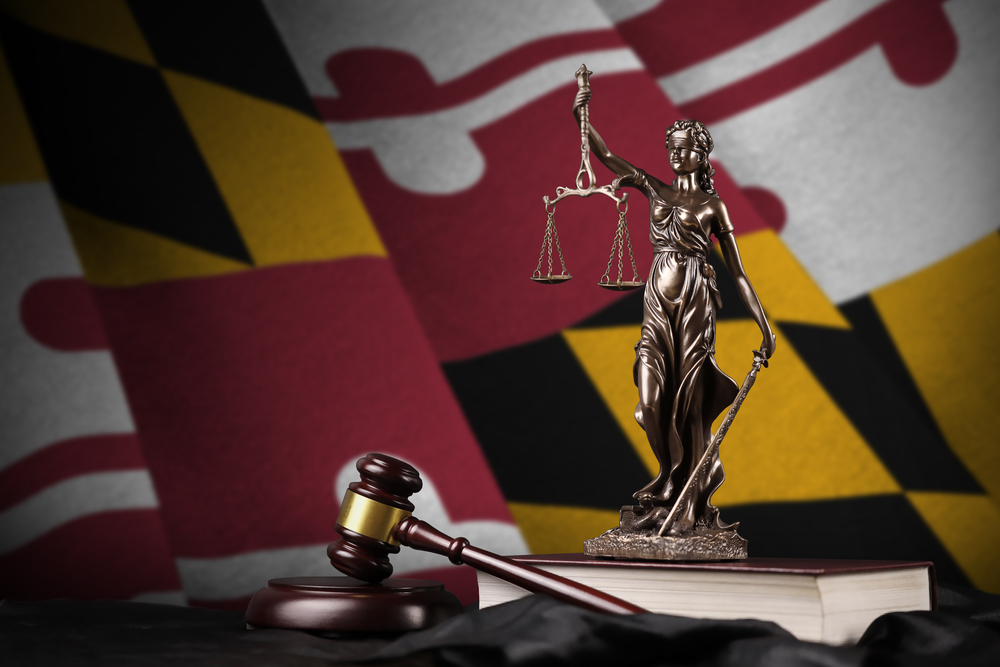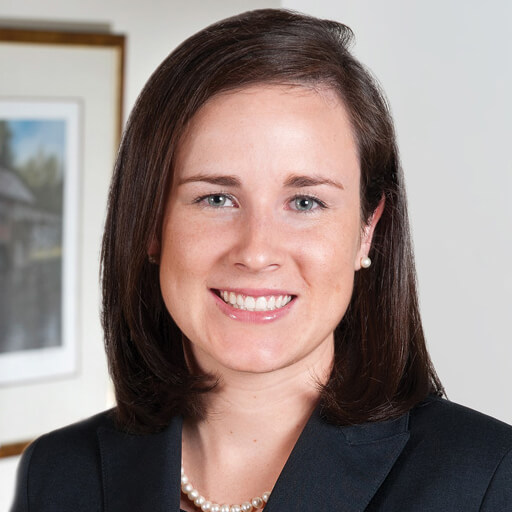Independent Contractors and Self-Employed Individuals May Now Apply
 This Friday, April 10, independent contractors and self-employed individuals may finally start applying for and receiving loans through the Paycheck Protection Program (PPP), or exactly one (1) week after PPP applications were opened for small businesses and sole proprietorships. As some may have expected, last week’s PPP loan application opening was a bit chaotic and frustrating to potential borrowers. Indeed, many applicants have received no loan proceeds yet, and, moreover, most of those applicants have not received a response from the Small Business Administration (SBA) – other than a confirmation email. Making the loan application process more complicated, the SBA released the Interim Final Rule relating to the PPP on the eve of last week’s loan application opening. While it was nice to receive clarification on a hastily-passed, and massive spending bill, it sent applicants and banks scurrying to update forms and revise applications.
This Friday, April 10, independent contractors and self-employed individuals may finally start applying for and receiving loans through the Paycheck Protection Program (PPP), or exactly one (1) week after PPP applications were opened for small businesses and sole proprietorships. As some may have expected, last week’s PPP loan application opening was a bit chaotic and frustrating to potential borrowers. Indeed, many applicants have received no loan proceeds yet, and, moreover, most of those applicants have not received a response from the Small Business Administration (SBA) – other than a confirmation email. Making the loan application process more complicated, the SBA released the Interim Final Rule relating to the PPP on the eve of last week’s loan application opening. While it was nice to receive clarification on a hastily-passed, and massive spending bill, it sent applicants and banks scurrying to update forms and revise applications.
While independent contractors and self-employed individuals had a week to digest the developments from the Interim Final Rule, and to use the guidance to get their applications in order and to maximize their potential loan amount, they are also competing with the small businesses and sole proprietorships that have already applied for a finite pot of CARES Act funding. Indeed, there are currently negotiations on Capitol Hill to inject an additional $250 billion into the already-authorized $349 billion for the PPP. However, nothing has been passed yet, and there is likely to be opposition to any further federal spending bill – which will lead to delays to its passage and implementation, and which will waste precious days and weeks – all while payrolls, rents, utilities, and other operating costs continue to come due for businesses.
In addition to the Final Interim Rule, the SBA and the Department of the Treasury released a set of Frequently Asked Questions (FAQs) on the PPP on April 6, and have updated them in the subsequent days. The FAQs have provided further clarity to applicants and banks and have assisted with facilitating the critical funding of small businesses operating expenses through the PPP.
Newly-Released Information
There are several important developments and clarifications from the Interim Final Rule and the FAQs. Some of such developments and clarifications, as well as important details from the PPP that have not yet been covered in previous posts, include:
-
At least seventy-five percent (75%) of PPP loan proceeds must be used for payroll costs. Payroll costs have also been clarified to disallow the inclusion of the employer’s share of the Federal Insurance Contributions Act (FICA). In addition, there is an employee salary limitation of $100,000.00 on an annualized basis – in other words, if an employee’s annual salary exceeds $100,000.00, the maximum allowance that a business may include as part of its payroll cost is capped at $100,000.00. However, this annual salary limitation only applies to cash compensation and does not include health care, retirement benefits or state and local taxes.
-
The interest rate was raised from 0.5% to 1.0% fixed rate. Of course, this rate will only applies to any non-forgiven portion of a PPP loan.
-
Prior to the issuance of the FAQs, the CARES Act specified that payroll costs were to be calculated based on the average of the previous twelve (12) months of payroll, but the SBA’s PPP loan application specified that the average was to be based from calendar year 2019. The FAQs state that either period may be used.
-
For purposes of calculating a business’ number of employees, businesses may use either of the periods used to calculate payroll costs; or, in the alternative, businesses may opt for the SBA’s usual calculation. In addition, the FAQs make clear that small businesses do not necessarily need to have 500 or fewer employees to be eligible for a PPP loan. Indeed, small business may have more than 500 employees so long as they satisfy the existing statutory and regulatory definition of a “small business concern” under section 3 of the Small Business Act (although it is not required to meet such definition to be eligible). A business can also qualify for a PPP loan if it meets both tests of the SBA’s “alternative size standard” as of March 27, 2019, which is: (1) the maximum tangible net worth of the business is not more than $15 million; and (2) the average net income after Federal income taxes (excluding carry-over losses) for the two full fiscal years before the application date is not more than $5 million.
-
For purposes of the amount of loan forgiveness, the measuring amount is the payroll costs over an eight-week period, beginning on the date the lender makes the first disbursement of the PPP loan to the borrower.
-
For businesses and lenders that submitted a loan application based on the Interim Final Rule, they will not need to take any actions to update such applications based on the newly released FAQs. However, if such loan applications have not yet been processed, they may be revised in accordance with the FAQs.
Information Specific to Montgomery County Businesses
On the local level, Montgomery County, Maryland released guidance of its Public Health Emergency Grants (PHEG) program. The PHEG program offers grants up to $75,000.00 to businesses of 100 or less employees, independent contractors, non-profits, and sole proprietors; and it requires such businesses to be physically located in the county. In addition, the business or non-profit must be in good standing with the State of Maryland, and it must have incurred financial losses resulting directly or indirectly from the COVID-19 public health crisis.
The PHEG program guidance also specifies the information and documents required to apply for the grant. Among such information and documents are evidence of applications submitted to Federal and State COVID-19 assistance programs, including award or denial letters – the guidance requires applicants to apply for any applicable Federal or State programs to qualify for the PHEG program. Applicants must also provide a statement of the intended use of county funds, financial documents demonstrating loss of revenue, and a brief explanation of how the public health emergency has affected business operations.
In addition, eligible businesses for the PHEG program must enter into a grant agreement with the county that stipulates that: (1) the county’s right to audit financial records; (2) reporting requirements; (3) the applicant’s obligations to return any unused or improperly used funds to the county; and (4) the grant recipient’s certification, under penalties of perjury, that the grant application and all documentation and statements are true and accurate, and that they may be prosecuted for any false statements.
Currently, the county has not yet released a copy of the application for the PHEG program, but it has specified that it will be an online application.
The SBA’s Interim Final Rule may be found here and the FAQs here. Information relating to the PHEG programs may be found here.
Please contact Chris Young at 301-762-5212 with any questions you may have about the PPP, or with Montgomery County, Maryland’s PHEG program.
Chris Young is an associate in the Business & Tax practice at Miller, Miller & Canby. He focuses his practice on corporate legal agreements, business formation, tax controversy work and helping clients deal with new tax regulations. View more information about Miller, Miller & Canby's Business & Tax practice by clicking here.








Share this Article: